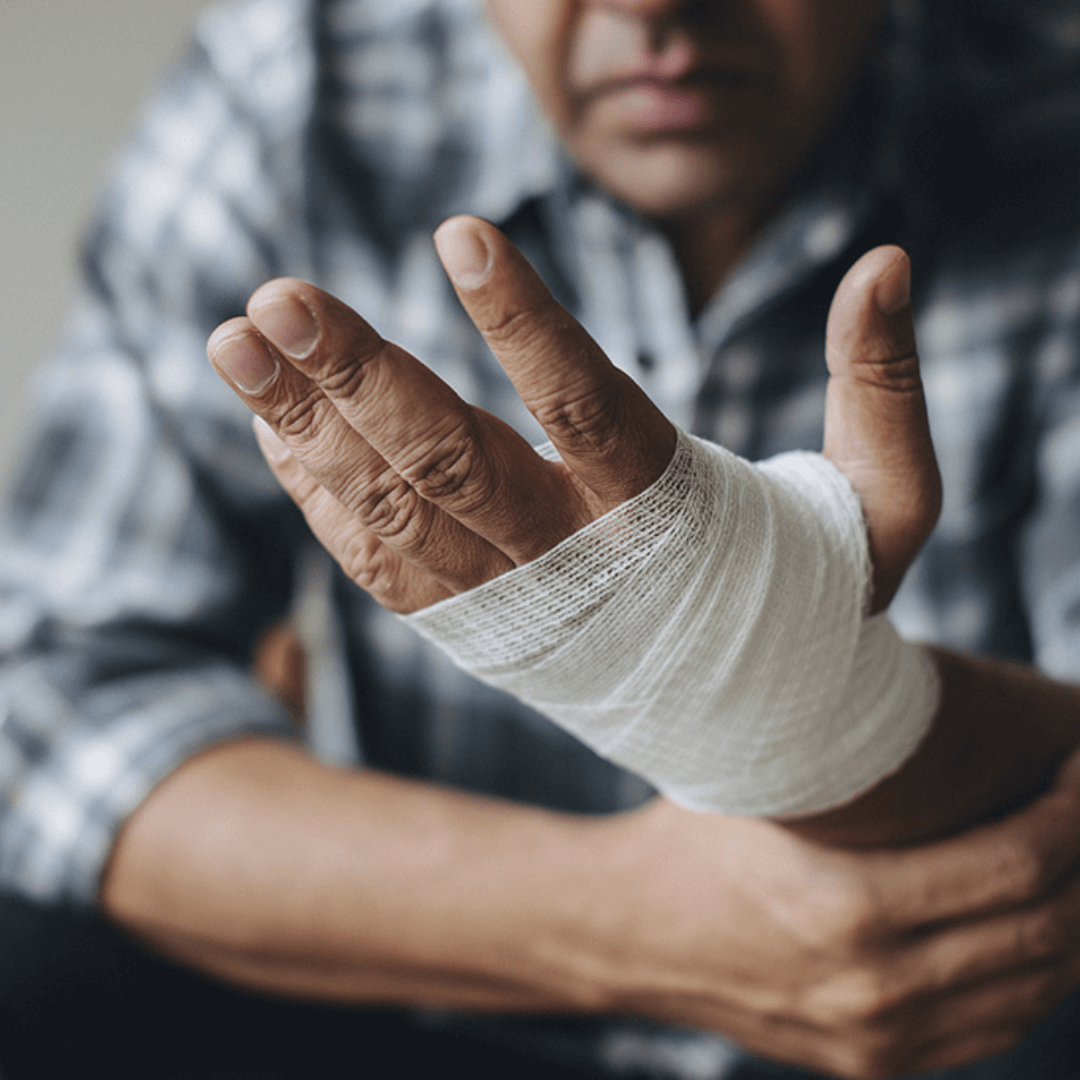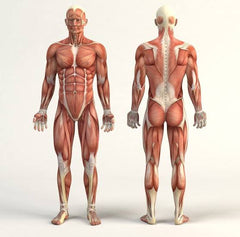
The True Cause of Pain & Injury: A Physio's Guide to Finding Root Causes
By Grant Frost, Physiotherapist at Your Wellness Nerd
Once injured, it's obviously important to work hard on your rehabilitation and recovery. But have you ever stopped to wonder WHY you became injured in the first place?
Understanding the difference between what triggered your pain and what actually caused it could be the key to lasting recovery.
Why did your back become sore doing something mundane? Why is it your right knee and not your left? Why did you wake up with a stiff neck when you didn't have one before bed?
By asking these simple questions, you can uncover the hidden dysfunction that sets your tissue up to fail. More importantly, this understanding provides the context needed for genuine, long-term resolution.
What Is "Normal" When It Comes to Pain and Injury?
Before identifying dysfunction, we need to understand what normal human function looks like. Many things we blame for pain are actually natural processes:
- Aging - a natural process that shouldn't automatically cause pain
- Movement and use - essential for health, not inherently harmful
- Repetitive activities - necessary for skill development and strength
- Growing - a normal biological process
- Being barefoot - our feet are designed for this
- Being pain-free - this should be our default state
The Key Insight
These natural processes don't cause pain - they expose pre-existing dysfunction. When your body is functioning optimally, these normal activities shouldn't lead to injury.
Aging: Time Exposing Dysfunction
While peak function naturally declines with age, pain shouldn't be an inevitable consequence. Consider this: if you develop one-sided hip, knee, or shoulder pain labelled "age-related," why isn't the other side (the same age) equally affected?
Time doesn't create pain - it reveals the weaknesses in your system.
Movement: The Scapegoat for Hidden Issues
We often hear about injuries from "moving the wrong way" or "overuse." But movement is vital for human function - there are no inherently "bad" movements, only movements that expose underlying dysfunction.
In a well-functioning body, repetition should lead to adaptation and strength, not injury.
The 5 Principles for Uncovering Your Pain's Root Cause
To find the true source of your pain, you need to look beyond where it hurts. Your body is an interconnected system, and the site of pain is often just the symptom, not the cause.
1 Nothing Hurts Until It Hurts
The moment of injury isn't necessarily the start of the problem - it's when hidden dysfunction finally manifests as pain. What you were doing at that moment may have been the trigger, not the cause.
This principle works both ways: just because your pain has subsided doesn't mean full function has returned. Many people re-injure themselves because they addressed the pain but not the underlying cause.
2 Look Above & Below Your Pain
Your body is a kinetic chain - everything is connected. The site of pain is often compensating for dysfunction elsewhere:
- Knee pain? Check your ankles and hips
- Back pain? Assess your thoracic spine and hips
- Shoulder pain? Evaluate your neck, upper back, and shoulder blades
Your L5/S1 disc might have bulged not because of how you moved, but because of how you were moving in a body with significant hip dysfunction directly below the area.
3 Identify Weak Links
Muscle weakness creates vulnerability throughout the kinetic chain:
- Weak hips alter leg mechanics, leaving knees vulnerable
- Unstable shoulder blades affect all shoulder function
- A weak core forces other muscles to compensate during movement
Recurring hamstring injuries during sprinting might not be about sprinting itself, but about hamstrings compensating for core dysfunction.
4 Find Hidden Restrictions
Joint and tissue restrictions force compensatory movements that overload other areas:
- Restricted hips force your back to move differently
- A stiff ankle alters knee and hip mechanics
- A tight upper back increases strain on the neck and shoulders
Restrictions can be subtle - your body will naturally move around them, making them harder to detect without specific assessment.
5 Assess Movement Patterns & Positioning
Sometimes the issue isn't weakness or restriction, but how you're using your body:

The anatomical position represents our body's ideal alignment. Consider:
- How close is your sitting posture to this ideal position?
- Are you consistently putting tissues in suboptimal positions throughout your day?
- Do you understand proper movement mechanics for your activities?
You might have full mobility and strength, but without proper movement patterns, you could be loading tissues in unsustainable ways.
Putting It All Together: Your Path to Lasting Recovery
Pain and injury are complex, with multiple potential contributing factors beyond the musculoskeletal system. Sleep quality, nutrition, hydration, and stress levels all play crucial roles in tissue health and pain perception.
However, when a specific body part becomes painful at a specific time, there's always a reason. Your body doesn't betray you randomly - there are identifiable mechanical reasons why one area fails when others don't.
Remember: Being pain-free is normal. If you're experiencing pain, something has disrupted your body's natural state of comfort and function. The goal isn't just to eliminate pain, but to restore the conditions that allow your body to thrive naturally.
Need Help Finding Your Root Cause?
If you're tired of recurring pain or mysterious injuries, I can help you identify the underlying causes and create a targeted recovery plan.
Book a Telehealth Consultation
